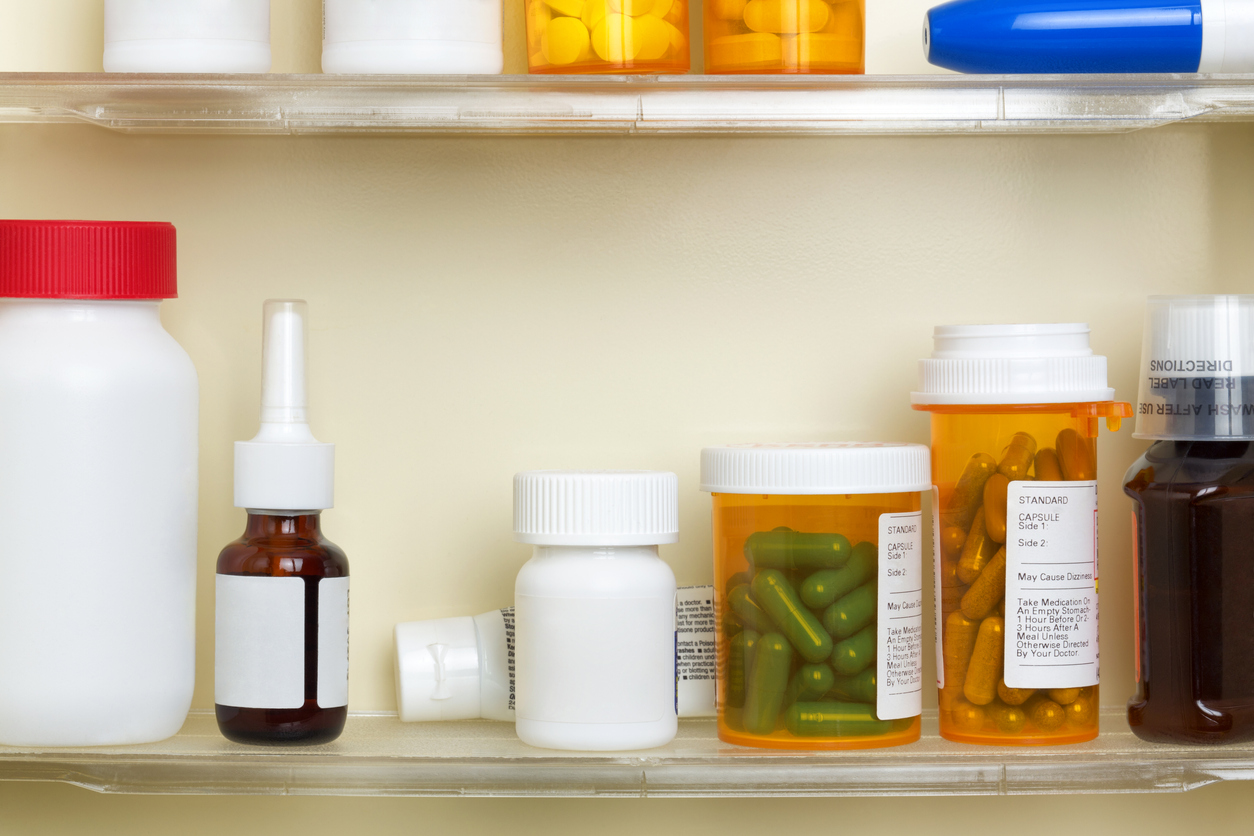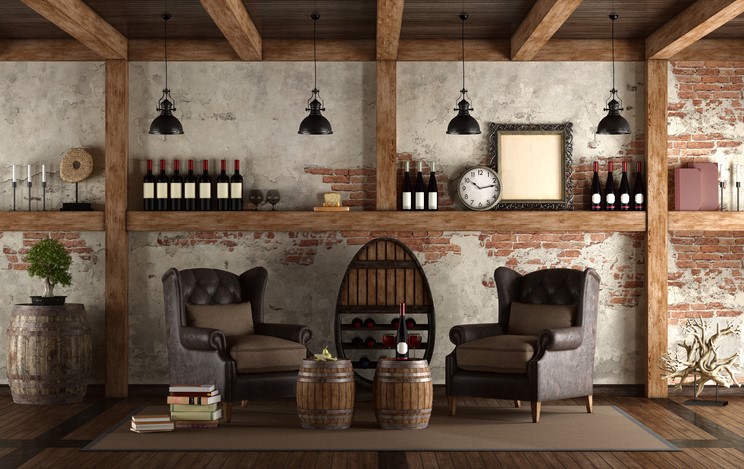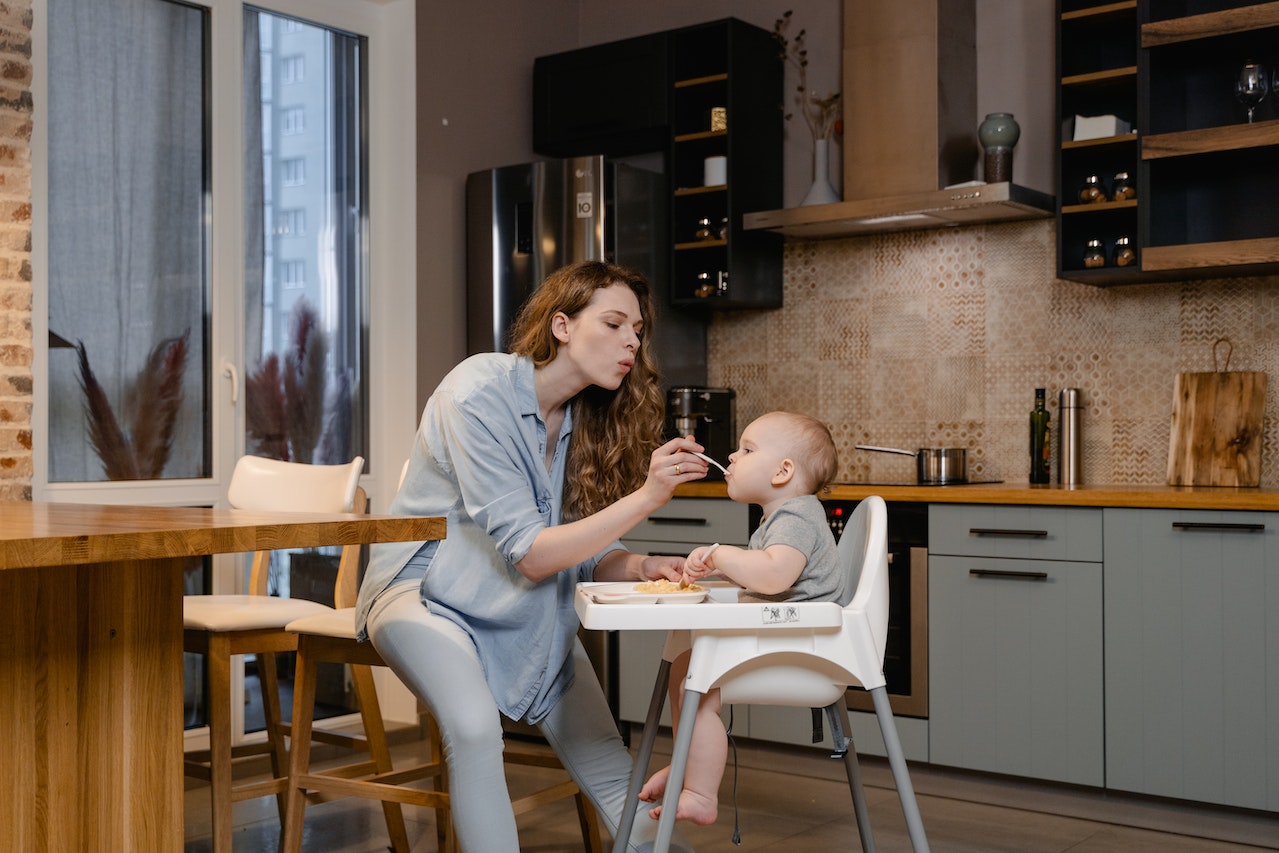A well-organized medicine cabinet provides you with a convenient place to stow and access important medications and first-aid supplies when you need them. Although many people keep a medicine cabinet in the bathroom, you can actually install yours anywhere. If you have children, you may want to locate your medicine cabinet in an area they can’t access and place a lock on its door. When you locate medical supplies in one area, you’ll find it easier to keep track of them and order refills when needed. We’ve organized a simple list to help you organize and stock your medicine cabinet so that it supports your household’s needs.
1. Gather all of your medications in one spot
According to a recent CivicScience poll, 70% of U.S. adults take at least one prescription medication per day. What about all the over-the-counter medicines people take for headaches, scrapes, mild burns, rashes, allergies, etc.? When all of your medications are present and accounted for, you won’t have to search high and low when you need them. When all the items you want to stow in your medicine cabinet are present, you can more easily find the ideal space to keep and organize them.
2. Clean the space
It’s essential to store your medications and related supplies in a clean space. You may be keeping items like bandages, gauze, and cotton swabs with your medical supplies, and you want to ensure that these items remain clean.
Sometimes liquid medications like cough syrups leak, so be sure to clean your cabinets and shelves thoroughly before placing any of your supplies inside. You can line your shelves with easy-to-wipe shelf paper, which may provide a more sterile surface than wood.

3. Declutter and remove expired medications
It’s amazing how many items wind up in a medicine cabinet that doesn’t really belong there. You might find any number of misplaced items like an earring back, toothpaste cap, or buttons. To ensure that your medicine cabinet remains a functional space, be sure to remove any unnecessary items and get rid of expired medications. Before you add any medications to your cabinet, review their expiration dates. If you’re running low on prescription medicines, refill them so that you stock your cupboard with your essentials. It’s important to know that expired medicines shouldn’t simply be thrown away or put down the toilet; they should be taken back to pharmacies to be disposed of properly.
4. Find the ideal spot
When searching for a spot for your medications and supplies, it’s crucial to choose a space that’s cool and dry. This is one reason why some people opt not to keep their medicines in a full bathroom because of the heat and moisture that fill the room when someone showers. Some people opt to designate one shelf of their linen closet or pantry for medical supplies. However, if children are present, you might purchase a special locking chest to keep your medications safe and secure.
Regardless of where you decide to store your medicine, safety should be a top priority. To prevent accidents and unauthorized access, it’s a good idea to integrate home security systems into your medicine cabinet. You can decide to install locks or even set up monitoring devices. A locked medicine cabinet can be particularly important if you have small children or pets. It’s great to have peace of mind knowing that your medicines are stored safely.
5. Shop around
The classic mirrored medicine cabinet hung in the bathroom for many households doesn’t provide enough space for their household medications. The problem with stowing some items in this type of cabinet and other items elsewhere is that when someone needs them, they have to search for them in different places, defeating the purpose of a well-organized medicine cabinet. To accommodate your household’s medical supplies storage needs, you might want to shop around for a medicine chest or stand-alone cabinet that can accommodate everything. That way, you can keep all the shared supplies for your home in one convenient space.
6. Organization
How you choose to organize your medicine cabinet is a personal choice. For instance, if you take daily medications, you may want to group these even though they may be different types of drugs. Some people organize their medicines by class (i.e., allergy medications, cold remedies, anti-fungal creams, etc.) just as a pharmacy does. Suppose you don’t wish to organize your pills by categories or your schedule. In that case, you can manage them alphabetically so that you or anyone else in your household can easily retrieve them when needed. Moreover, Your Doctors Online app streamlines medication management with an organizer and reminder, ensuring convenient access and efficient ordering of prescriptions online.
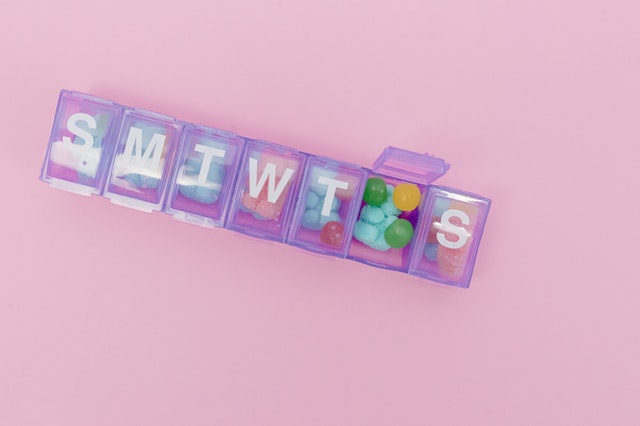
7. Pill organizers
Pill organizers are ideal for people who take daily/weekly medications. You can organize your weekly doses in one convenient organizer and then place them in your cabinet. Pill organizers are labeled by day, which is especially helpful for people who might forget whether or not they took their medication that day. It’s surprisingly easy to forget when you take medications daily. You can find pill organizers in many different sizes. If more than one individual in your household uses them, be sure to label your pill organizers with the names of the people they belong to.
8. Storage features
Many items may be loose and require some storage receptacle, like glass jars, small baskets, or plastic containers. Glass jars are ideal because you can see exactly what’s inside of them (i.e., cotton balls, cotton swabs, or bandages). If you don’t use clear boxes, be sure to label your storage bins so that there’s no need to rummage through several when you’re searching for dental floss or antibiotic ointment. Remember that some items are best stowed in protective containers. For instance, you’ll want to keep things like gauze free from dirt, so be sure to store it in a jar or covered basket where it won’t be contaminated.
9. Use the cabinet door
The cabinet door of your medicine cabinet may be lined with shelves to help you organize items. You can use these shelves for stowing the items you reach for daily or regularly. These items might be vitamins, daily prescription medications, tweezers, or nail clippers. You definitely don’t want to overload these shelves with too much clutter, or it will be inconvenient to retrieve your must-have items.
10. Call the pharmacy to clarify
If you have medications that you have been hanging onto, you may not remember details about their use. Be sure to contact your pharmacy to clarify what these drugs do and when you should take them. If you no longer need them, you may wish to dispose of them. If you aren’t sure if you may need them in the future, call your healthcare provider. Having too many miscellaneous drugs in your medicine cabinet will unnecessarily add clutter to your space, especially if you no longer use these items.
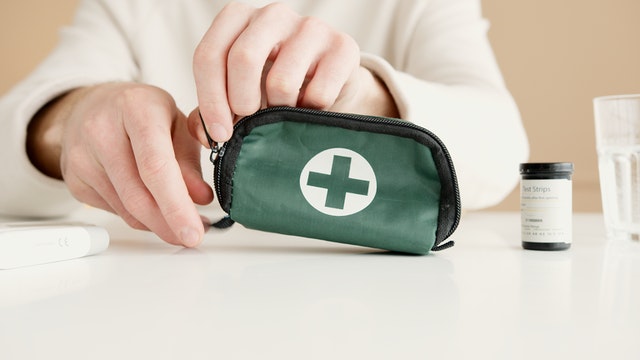
11. Add a first aid kit
Every home should have a first aid kit. These are basic medical emergency items that you hope never to need. However, minor accidents around the house are often inevitable. Some first aid kit essentials include:
- Disposable non-latex gloves (the kind that healthcare providers wear)
- Bandages of different sizes
- Adhesive tape for fastening bandages
- Roller gauze
- Antibiotic ointment
- Tweezers
- Antiseptic solution
- Eyewash solution
- Hydrogen peroxide for disinfecting
- Thermometer
- Finger splints
- Cotton balls
- Instant cold pack
When putting together your first aid kit for home, be sure to make a travel first aid kit to take with you when you go on long drives. If you have kids, you may want to bring your first aid kit along to sporting events or even the park to contend with any small medical issues that may arise.
12. Stock it
When stocking your medicine cabinet, you’ll want to include your prescription medications. Still, many over-the-counter items may prove useful for you or members of your household. Your medicine cabinet can serve as a reminder to maintain healthy habits. Consider including essential over-the-counter medications like pain relievers, cough syrup, and band-aids. This encourages proactive self-care, so you’re prepared for minor troubles. It’s also good to have a thermometer and basic first-aid knowledge for quick response to common health issues.
We’ve mentioned several items in the course of the article, but here’s a handy list with a few helpful additions that will round out your supplies, ensuring that you have essential OTC items that most people need at one time or another:
- Aloe vera gel
- Antifungal cream
- Calamine lotion
- Hydrocortisone cream
- Antibiotic ointment
- Antacids
- Pain relievers
- Cough syrups/cough drops
- Petroleum jelly
- Antihistamines
- Sunscreen
These are just a few ideas. Naturally, you’ll want to customize your medicine cabinet to suit your household needs. Moreover, if you have children, you’ll want to have children’s cold/fever medications on hand.
Keep track of it
Be sure that you keep track of all the supplies in your medicine cabinet. It helps to check it every 3-6 months to discard any expired medications and order refills as needed. Make a list of items you’re running low on, like aspirin or ibuprofen, to ensure that your medicine cabinet is always well-stocked and able to supply your household’s needs.
When you have a well-organized and maintained medicine cabinet, you’ll appreciate the hard work you put into creating it. The items stored in your cabinet are likely going to be extremely useful and vital. When you need them, you’ll probably need them right away. An organized cabinet ensures that you can access these items immediately.
